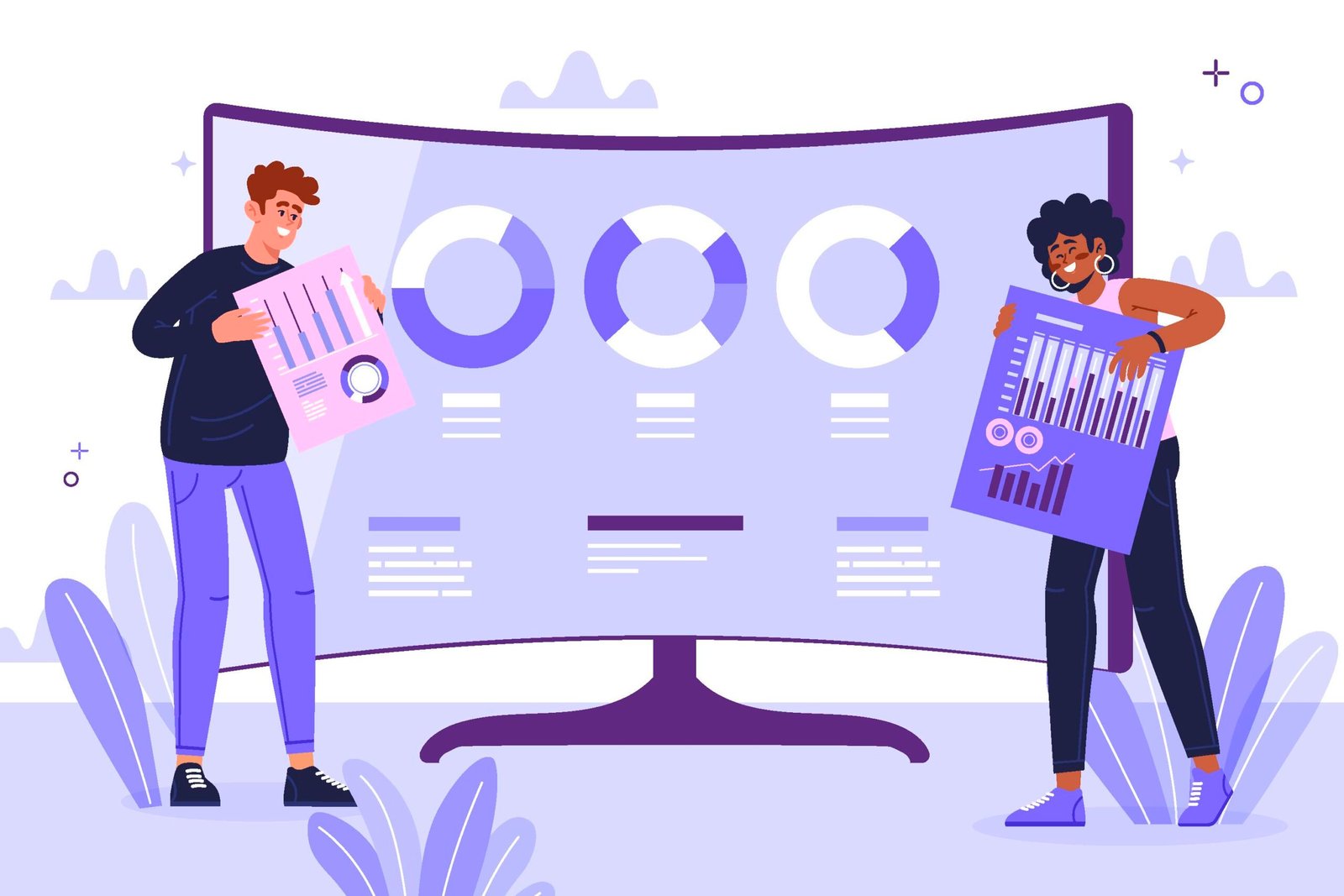As a seasoned Power BI report and dashboard creator, I’ve seen firsthand how this powerful tool can transform data analysis and visualization. If you’re considering using Power BI for your data needs, I want to share why I believe it’s a game-changer.
The Power of Power BI
Power BI is a business analytics service by Microsoft that provides interactive visualizations and business intelligence capabilities. What sets it apart from other tools? It’s its ability to turn complex data into insightful and easy-to-understand visuals. With my experience in creating Power BI reports and dashboards, I’ve witnessed how this tool simplifies data analysis and helps businesses make informed decisions.
Intuitive and User-Friendly Interface
One of the first things that impressed me about Power BI was its user-friendly interface. Even if you’re not a data expert, you can quickly learn to navigate and create reports. The drag-and-drop feature allows you to build reports without needing advanced programming skills. I’ve found this to be a significant advantage, as it lets me focus on analyzing data rather than struggling with complex software.
Interactive Dashboards
Power BI’s interactive dashboards are a game-changer for data visualization. Unlike static reports, Power BI dashboards allow you to interact with your data. You can filter and drill down into specific areas to get detailed insights. This interactivity makes it easier to explore your data and discover trends or anomalies that might be missed in a traditional report. In my own work, this feature has been invaluable for creating dynamic reports that provide a deeper understanding of the data.
Real-Time Data Access
Another reason I prefer Power BI is its ability to connect to various data sources in real time. Whether your data is stored in cloud services, on-premises databases, or even spreadsheets, Power BI can integrate and update it in real time. This capability ensures that you are always working with the most current data, which is crucial for making timely decisions. I often use this feature to keep my reports up-to-date without manual intervention.
Advanced Analytics Features
Power BI also offers advanced analytics features that can enhance your data analysis. For example, it supports DAX (Data Analysis Expressions), a powerful formula language that allows you to create complex calculations and measures. With DAX, you can perform sophisticated data analysis, such as calculating growth rates or creating custom metrics. My experience with DAX has significantly improved the quality of my reports, making them more insightful and actionable.
Customizable Visualizations
Customization is another area where Power BI excels. It provides a wide range of visualization options, from basic charts and graphs to more advanced visuals like heat maps and scatter plots. You can also create custom visuals tailored to your specific needs. This flexibility allows me to design reports that best represent the data and meet the unique requirements of each project.
Seamless Sharing and Collaboration
Power BI makes sharing and collaborating on reports easy. You can publish your reports to the Power BI service and share them with colleagues or stakeholders. This feature is particularly useful for teams working together on data projects, as it ensures everyone has access to the latest information. I’ve used this functionality to collaborate with team members and present findings in a way that’s both engaging and informative.
Cost-Effective Solution
Finally, Power BI offers a cost-effective solution for data analysis and visualization. Compared to other business intelligence tools, Power BI provides a robust set of features at a relatively low cost. There are free and paid versions available, making it accessible for businesses of all sizes. In my experience, the value you get from Power BI far outweighs the investment, especially considering the efficiency and insights it brings to data analysis.
Conclusion
In my opinion, Power BI is an exceptional tool for data analysis and visualization. Its intuitive interface, interactive dashboards, real-time data access, advanced analytics features, customizable visualizations, and cost-effectiveness make it a standout choice. If you’re looking to enhance your data analysis and make better decisions, Power BI is definitely worth considering.
Feel free to explore Power BI and see how it can transform your approach to data. As someone who has worked extensively with this tool, I can confidently say that it has been a game-changer in my professional work, and I believe it can do the same for you.
For more insights and tips on using Power BI, stay tuned to my blog on kyalu.in.

Leave a Reply